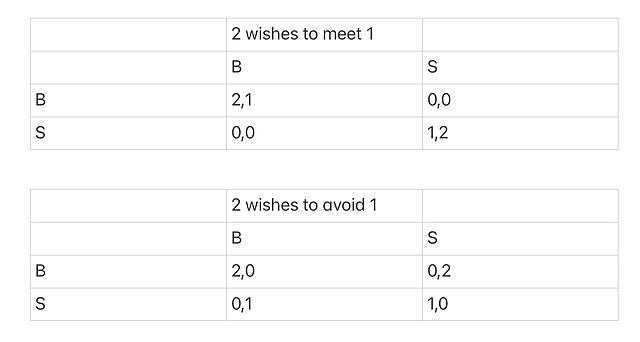In game theory, a simultaneous game or static game is a game where each player chooses their action without knowledge of the actions chosen by other players. Simultaneous games contrast with sequential games, which are played by the players taking turns. In other words, both players normally act at the same time in a simultaneous game. Even if the players do not act at the same time, both players are uninformed of each other's move while making their decisions. Normal form representations are usually used for simultaneous games. Given a continuous game, players will have different information sets if the game is simultaneous than if it is sequential because they have less information to act on at each step in the game. For example, in a two player continuous game that is sequential, the second player can act in response to the action taken by the first player. However, this is not possible in a simultaneous game where both players act at the same time.

Rock–paper–scissors is an example of a simultaneous game.
Prisoners dilemma
Vilfredo Pareto, Italian sociologist and economist
Game theory is the study of mathematical models of strategic interactions among rational agents. It has applications in many fields of social science, used extensively in economics as well as in logic, systems science and computer science. Initially game theory addressed two-person zero-sum games, in which a participant's gains or losses are exactly balanced by the losses and gains of the other participant. In the 1950’s it was extended to the study of non zero-sum games and was eventually game applied to a wide range of behavioral relations, and is now an umbrella term for the science of rational decision making in humans, animals, as well as computers.
John Nash
Example of a Bayesian game





